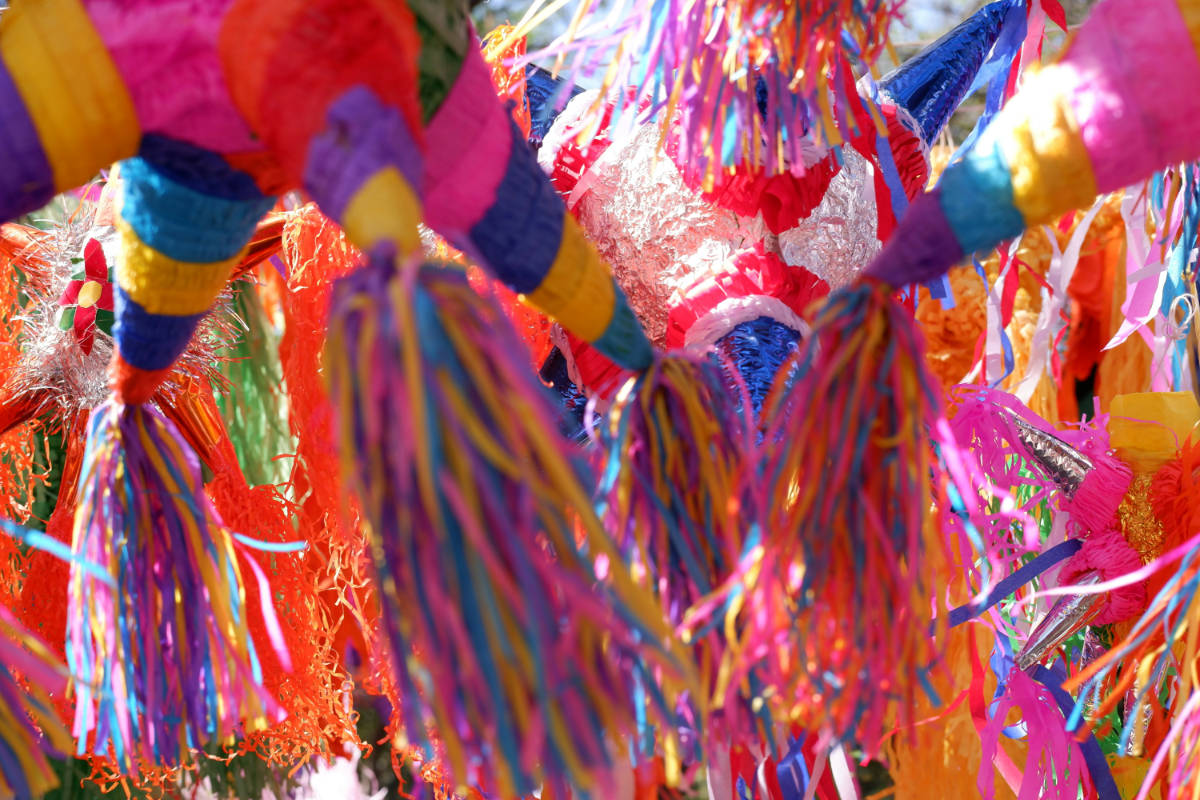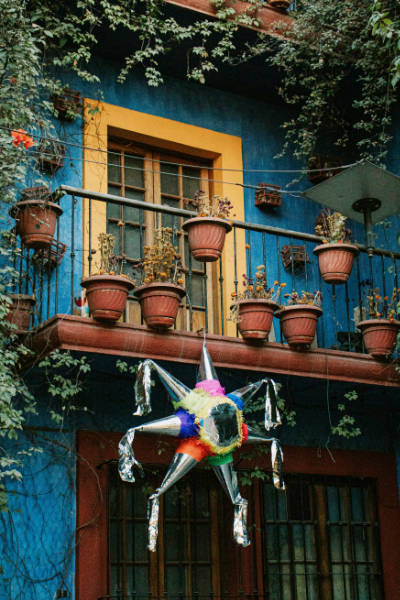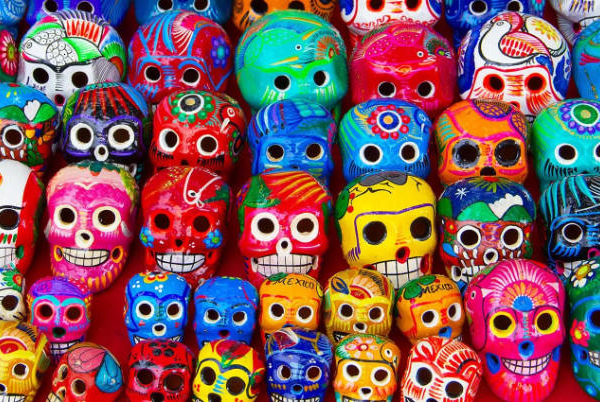
The Origin of Piñatas in Mexico: A Colorful Tradition
Every year on Día del Niño (Children’s Day, April 30th), laughter, games, and colorful piñatas fill the streets and homes of Mexico. The piñatas in Mexico are more than just a party game; they’re a symbol of joy and tradition. But where did this festive custom begin? To truly appreciate the excitement of breaking a piñata, it’s important to understand its fascinating journey through history. Let’s dive into the colorful origins of the piñata in Mexico.
A Journey from Asia to Mexico
The story of the piñata begins far from Mexico. Historians believe the idea came from China. Early explorers like Marco Polo saw Chinese figures covered in colorful paper and filled with seeds. These figures were broken during New Year’s celebrations.
The concept traveled to Europe, especially Italy and Spain. In Italy, the word “pignatta” described a fragile clay pot. Spaniards later adapted the tradition, using piñatas during religious festivities.

The Piñata Meets Mexican Culture
When Spanish missionaries arrived in Mexico in the 16th century, they used the piñata to teach Catholic teachings. They saw it as a way to explain good and evil to Indigenous peoples. The original piñatas often had seven points, representing the seven deadly sins. Breaking the piñata symbolized the triumph of good over evil.
However, Indigenous cultures already had similar traditions. The Aztecs, for example, celebrated the birthday of Huitzilopochtli, the god of war, by breaking clay pots filled with treasures. Thus, Spanish and Indigenous traditions blended, creating the unique Mexican piñata we know today.
Piñatas in Mexico: A Symbol of Celebration
Over time, the piñata became a central part of Mexican festivities. Today, piñatas in Mexico are not limited to religious events. You’ll find them at birthdays, Christmas parties, and even national holidays. Their colorful designs, often shaped like stars, animals, or cartoon characters, bring joy to people of all ages.
In short, the Mexican piñata is a beautiful blend of ancient traditions and cultural adaptation. Every swing at a piñata honors a story that has traveled across continents and centuries.



